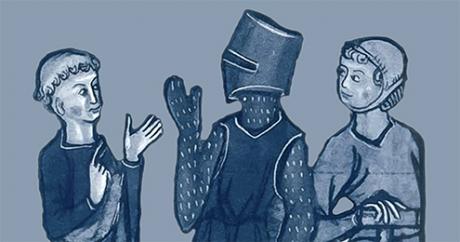Medieval Society in East-Central Europe in the 11th to 13th Centuries
Medieval Society in East-Central Europe in the 11th to 13th Centuries
An Introduction from the Example of the Kingdom of Hungary
Author(s): Pavol HudáčekSubject(s): History, Middle Ages, 6th to 12th Centuries, 13th to 14th Centuries
Published by: Historický ústav SAV
Keywords: medieval society; social classes; freedom; unfreedom; historiography; the Kingdom of Hungary
Summary/Abstract: Within social and economic history, research on medieval society has long enjoyed the attention of medievalist scholarship. The choice of topics and the quality of their treatment has often been dependant on the development of historical sciences and individual theoretical concepts. The emphasis has typically been centred on describing the internal organisation, social stratification and social transformations, which are closely linked to the formation of new social classes in royal, ecclesiastical or secular estates. Power, political and above all, economic factors were often taken into account, which had a significant impact on social transformations. In researching higher and lower social classes, historians have addressed a wide range of topics, including the question of freedom and unfreedom, the formation of the nobility, privileged communities and the burghers, slavery and its demise, the social status of economic dependents, as well as the relations of landlords with their subjects. The above-mentioned statements are also valid for research into the formation and internal organisation of medieval Hungarian society, which was also undergoing professed transformations in the 11th to the 13th centuries.
Journal: Forum Historiae. Časopis a portál pre históriu a príbuzné spoločenské vedy
- Issue Year: 18/2024
- Issue No: 1
- Page Range: 1 -26
- Page Count: 26
- Language: English

